-
 Bitcoin
Bitcoin $83,291.0340
-0.96% -
 Ethereum
Ethereum $1,826.6379
-1.54% -
 Tether USDt
Tether USDt $0.9998
0.00% -
 XRP
XRP $2.0549
-1.26% -
 BNB
BNB $606.8753
1.28% -
 Solana
Solana $119.1310
-4.05% -
 USDC
USDC $1.0000
0.00% -
 Dogecoin
Dogecoin $0.1659
-1.56% -
 Cardano
Cardano $0.6500
-2.57% -
 TRON
TRON $0.2364
-0.34% -
 Toncoin
Toncoin $3.7730
-5.06% -
 UNUS SED LEO
UNUS SED LEO $9.4476
0.65% -
 Chainlink
Chainlink $13.0772
-2.81% -
 Stellar
Stellar $0.2627
-1.16% -
 Avalanche
Avalanche $18.6021
-1.63% -
 Sui
Sui $2.3506
0.90% -
 Shiba Inu
Shiba Inu $0.0...01230
1.04% -
 Hedera
Hedera $0.1637
0.05% -
 Litecoin
Litecoin $83.5759
2.10% -
 Polkadot
Polkadot $4.0229
-0.74% -
 MANTRA
MANTRA $6.3749
2.08% -
 Bitcoin Cash
Bitcoin Cash $303.6743
-0.24% -
 Bitget Token
Bitget Token $4.5449
-0.46% -
 Dai
Dai $1.0000
-0.01% -
 Ethena USDe
Ethena USDe $0.9997
-0.01% -
 Pi
Pi $0.6435
-7.05% -
 Hyperliquid
Hyperliquid $12.2904
-5.52% -
 Monero
Monero $214.8078
-0.76% -
 Uniswap
Uniswap $6.0066
-0.82% -
 Aptos
Aptos $5.2560
0.22%
What is "hash time lock contract" in Lightning Network?
Lightning Network's HTLCs use cryptographic hashes and timelocks for fast, cheap, atomic off-chain Bitcoin transactions; however, channel capacity, fraud prevention, and efficient channel management remain crucial considerations.
Mar 21, 2025 at 02:49 pm

Key Points:
- Hash Time Lock Contracts (HTLCs) are the fundamental building blocks of the Lightning Network, enabling fast and cheap off-chain transactions.
- They utilize cryptographic hashes and time locks to ensure secure and atomic swaps between parties.
- Understanding HTLCs involves grasping the concepts of cryptographic hashing, timelocks, and the role of commitment transactions.
- Potential issues and considerations regarding HTLCs include channel capacity, potential for fraud, and the need for efficient channel management.
What is a Hash Time Lock Contract (HTLC) in the Lightning Network?
The Lightning Network (LN) aims to drastically increase Bitcoin's transaction throughput by moving transactions off-chain. This is achieved primarily through the use of Hash Time Lock Contracts (HTLCs). Essentially, an HTLC is a smart contract that allows two parties to exchange funds conditionally and atomically, meaning the transaction either completes fully or not at all. This avoids the need for on-chain transactions for every payment, resulting in faster and cheaper payments.
How does an HTLC work?
An HTLC relies on two crucial elements: a cryptographic hash and a time lock. Let's imagine Alice wants to send Bob some Bitcoin via the Lightning Network. First, Bob generates a secret key and its corresponding cryptographic hash. He reveals only the hash to Alice. Alice then creates a transaction that locks her funds, conditioned on the revelation of the secret key within a specified time limit (the time lock). This locked transaction is then broadcast to the Lightning Network.
The Role of the Secret Key and Hash:
Only Bob possesses the secret key that can unlock the funds. If Alice wants to send the Bitcoin to Bob, she needs to reveal the secret key. If Alice fails to reveal the secret key within the specified time limit, the funds revert back to Alice. The hash acts as a commitment to the secret key without revealing it beforehand, ensuring the security of the transaction. This cryptographic mechanism guarantees the atomicity of the exchange.
The Time Lock Mechanism:
The time lock is crucial for security. If Bob doesn't reveal the secret key to claim the funds, after the time lock expires, the funds automatically return to Alice. This time lock prevents Bob from holding the funds indefinitely. It's a crucial safety net for Alice in case Bob becomes unresponsive or malicious. The time lock is implemented by specifying a block height on the blockchain after which the funds are automatically released.
The Process Step-by-Step:
- Secret Generation: Bob generates a secret key and its hash. He shares only the hash with Alice.
- Transaction Creation: Alice creates a transaction that locks her funds, contingent on Bob revealing the secret key before the time lock expires.
- Hash Commitment: The transaction includes the hash of the secret key, making it impossible for Alice to spend the funds without Bob's cooperation.
- Time Lock: A time lock is set, specifying the block height after which the funds are automatically returned to Alice.
- Secret Revelation: Once Alice is satisfied, Bob reveals the secret key to unlock the funds.
- Funds Release: Alice uses the secret key to claim her funds. If the secret key isn't revealed in time, the funds are automatically returned to Alice.
Commitment Transactions and HTLCs:
To further enhance security, commitment transactions are used. These are essentially transactions that are signed by both Alice and Bob, locking the funds until the HTLC is fulfilled. These commitment transactions, along with the HTLC, ensure that neither party can cheat and steal the funds. They are crucial for securing the off-chain transaction within the Lightning Network.
Challenges and Considerations with HTLCs:
- Channel Capacity: HTLCs require sufficient channel capacity to accommodate the transaction amount. Low channel capacity can limit the size of transactions.
- Fraud Prevention: Mechanisms are in place to prevent fraudulent behavior from either party. However, careful implementation and monitoring are necessary.
- Channel Management: Efficient channel management is essential to optimize the use of channel capacity and minimize potential bottlenecks.
Frequently Asked Questions:
Q: What happens if the time lock expires before Bob reveals the secret?
A: If the time lock expires, the funds automatically revert back to Alice. This is a critical security feature of the HTLC.
Q: How are HTLCs different from regular on-chain transactions?
A: HTLCs are off-chain transactions, meaning they don't directly involve the Bitcoin blockchain until the final settlement. This significantly increases speed and reduces fees.
Q: Can HTLCs be used for transactions beyond Bitcoin?
A: While HTLCs were initially developed for Bitcoin, the underlying concept can be adapted for other cryptocurrencies that support smart contracts.
Q: What are the security risks associated with HTLCs?
A: The primary security risk involves the potential for a party to attempt fraud. However, the cryptographic mechanisms and commitment transactions built into the system significantly mitigate these risks.
Q: How does the Lightning Network ensure the atomicity of HTLC transactions?
A: The combination of the cryptographic hash, the time lock, and the commitment transaction ensures that the exchange is atomic. Either the entire transaction completes successfully, or it fails entirely. No partial transactions are possible.
Q: What role does the cryptographic hash play in the security of HTLCs?
A: The hash functions as a commitment to the secret key without revealing it. This prevents either party from cheating before the transaction is finalized. Only the party possessing the secret key can unlock the funds.
Disclaimer:info@kdj.com
The information provided is not trading advice. kdj.com does not assume any responsibility for any investments made based on the information provided in this article. Cryptocurrencies are highly volatile and it is highly recommended that you invest with caution after thorough research!
If you believe that the content used on this website infringes your copyright, please contact us immediately (info@kdj.com) and we will delete it promptly.
- Bitcoin (BTC) price falls four per cent after Donald Trump imposes tariffs on trading partners worldwide
- 2025-04-03 14:25:13
- Ethereum Price Fails to Maintain Gains
- 2025-04-03 14:25:13
- Justin Sun, Founder of Tron, Steps in to Rescue TrueUSD (TUSD) from a $456M Reserve Crisis
- 2025-04-03 14:20:12
- Meme Coins Are Exploding, Here's Why They're So Appealing
- 2025-04-03 14:20:12
- Qubetics ($TICS): The Best 100x Crypto for Real Utility and ROI
- 2025-04-03 14:15:12
- Ethereum Faces Tough Market Conditions
- 2025-04-03 14:15:12
Related knowledge
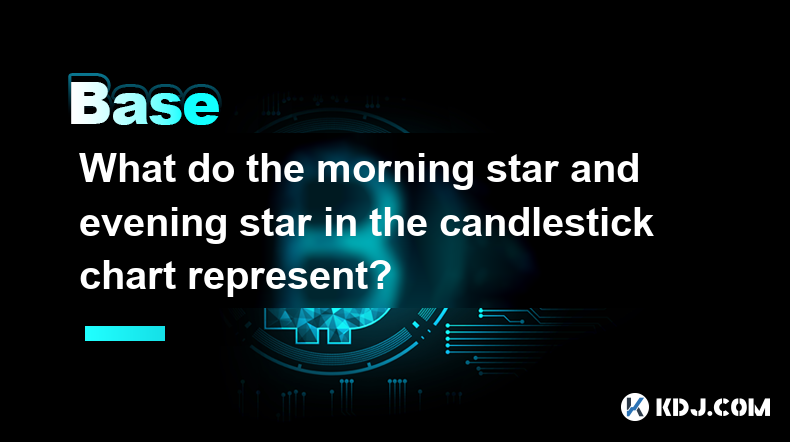
What do the morning and dusk stars in the candlestick chart represent?
Apr 03,2025 at 03:11pm
In cryptocurrency trading, the K-line chart is an important tool for analyzing market trends and price movements. Among them, 'Morning Star' and 'Evening Star' are two important reversal patterns, which represent the key signals of the market's shift from a bear market to a bull market and from a bull market to a bear market, respect...
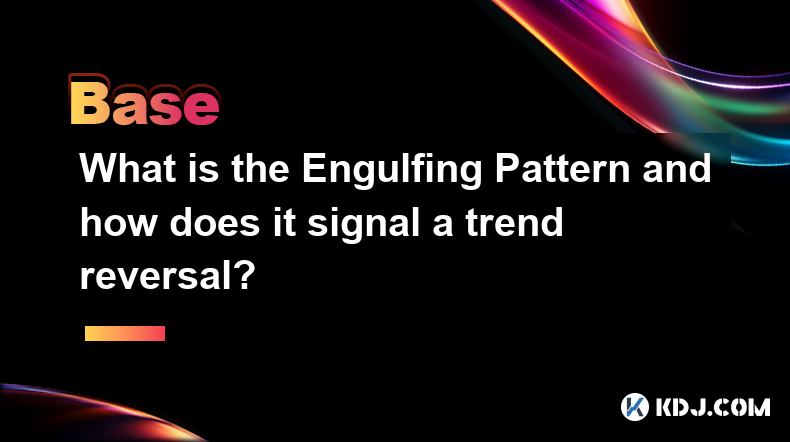
What is the swallowing form? How does it predict a trend reversal?
Apr 03,2025 at 03:07pm
In cryptocurrency trading, technical analysis is one of the important tools traders use to predict market trends and make trading decisions. Among them, the Engulfing Pattern is a common K-line pattern. When it appears on the chart, it is usually considered a signal of a trend reversal. This article will explore in detail what the engulfing pattern is a...
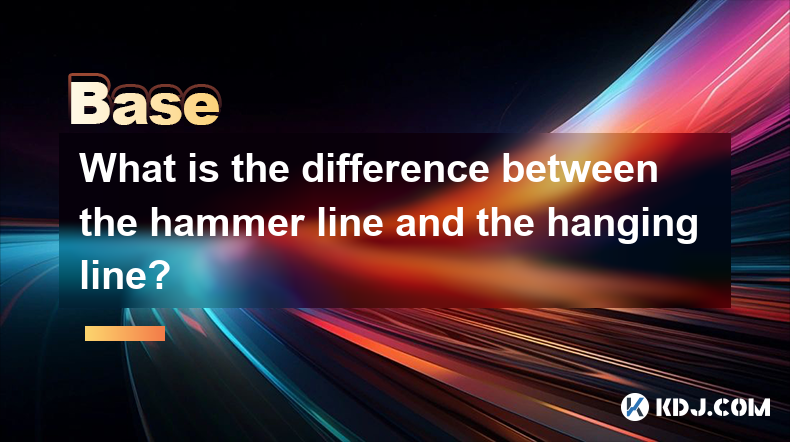
What is the difference between the hammer line and the hanging line?
Apr 03,2025 at 03:03pm
The hammer line and the 'hanging line' pattern are common K-line patterns in technical analysis. They are very similar in appearance, but there are significant differences in the market environment and the predicted market trend. This article will explore the differences between these two forms in detail and help readers better understand and use them f...
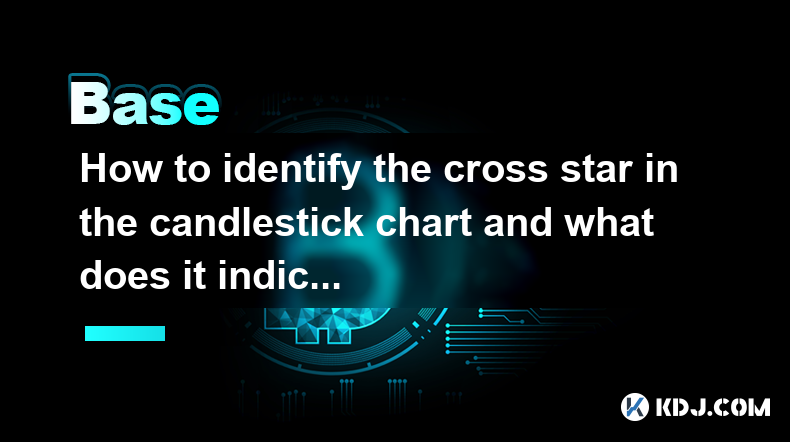
How to identify the cross star in the candle chart and what does it mean?
Apr 03,2025 at 02:57pm
In cryptocurrency trading, the K-line chart is one of the important tools to analyze market trends and price movements. Among them, 'Cross Star' is a common K-line pattern, which is of great significance in analyzing market sentiment and predicting price trends. This article will introduce in detail how to identify the 'cross star' in th...
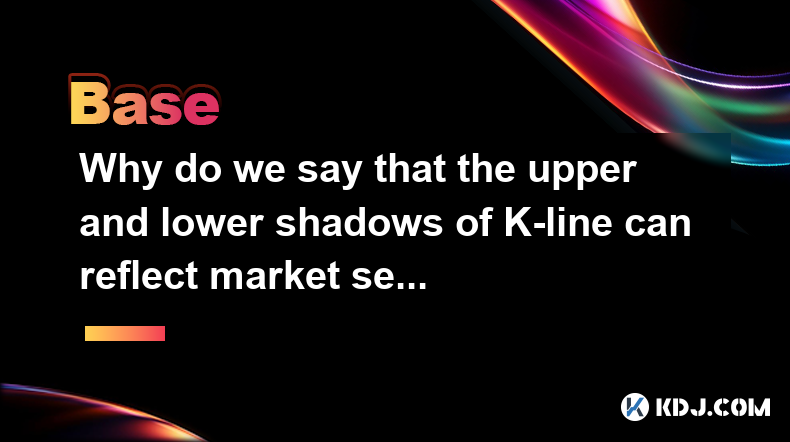
Why do the upper and lower shadows of the K-line reflect market sentiment?
Apr 03,2025 at 02:53pm
The K-line chart is one of the most commonly used tools in technical analysis, and the upper and lower shadows can intuitively reflect the market's long and short emotions and the psychological state of traders. By carefully observing and analyzing the upper and lower shadows of the K-line, investors can better understand market dynamics and make sm...

What are positive and negative lines? What is the difference between them?
Apr 03,2025 at 02:47pm
In the cryptocurrency market, the K-line chart is a commonly used technical analysis tool to show price changes. Each 'candle' in the K-line chart represents the price trend over a period of time, among which 'yang line' and 'yin line' are two key concepts. Understanding them is essential to analyzing market trends and making trading decisions. What is ...

What do the morning and dusk stars in the candlestick chart represent?
Apr 03,2025 at 03:11pm
In cryptocurrency trading, the K-line chart is an important tool for analyzing market trends and price movements. Among them, 'Morning Star' and 'Evening Star' are two important reversal patterns, which represent the key signals of the market's shift from a bear market to a bull market and from a bull market to a bear market, respect...

What is the swallowing form? How does it predict a trend reversal?
Apr 03,2025 at 03:07pm
In cryptocurrency trading, technical analysis is one of the important tools traders use to predict market trends and make trading decisions. Among them, the Engulfing Pattern is a common K-line pattern. When it appears on the chart, it is usually considered a signal of a trend reversal. This article will explore in detail what the engulfing pattern is a...

What is the difference between the hammer line and the hanging line?
Apr 03,2025 at 03:03pm
The hammer line and the 'hanging line' pattern are common K-line patterns in technical analysis. They are very similar in appearance, but there are significant differences in the market environment and the predicted market trend. This article will explore the differences between these two forms in detail and help readers better understand and use them f...

How to identify the cross star in the candle chart and what does it mean?
Apr 03,2025 at 02:57pm
In cryptocurrency trading, the K-line chart is one of the important tools to analyze market trends and price movements. Among them, 'Cross Star' is a common K-line pattern, which is of great significance in analyzing market sentiment and predicting price trends. This article will introduce in detail how to identify the 'cross star' in th...

Why do the upper and lower shadows of the K-line reflect market sentiment?
Apr 03,2025 at 02:53pm
The K-line chart is one of the most commonly used tools in technical analysis, and the upper and lower shadows can intuitively reflect the market's long and short emotions and the psychological state of traders. By carefully observing and analyzing the upper and lower shadows of the K-line, investors can better understand market dynamics and make sm...

What are positive and negative lines? What is the difference between them?
Apr 03,2025 at 02:47pm
In the cryptocurrency market, the K-line chart is a commonly used technical analysis tool to show price changes. Each 'candle' in the K-line chart represents the price trend over a period of time, among which 'yang line' and 'yin line' are two key concepts. Understanding them is essential to analyzing market trends and making trading decisions. What is ...
See all articles























































































